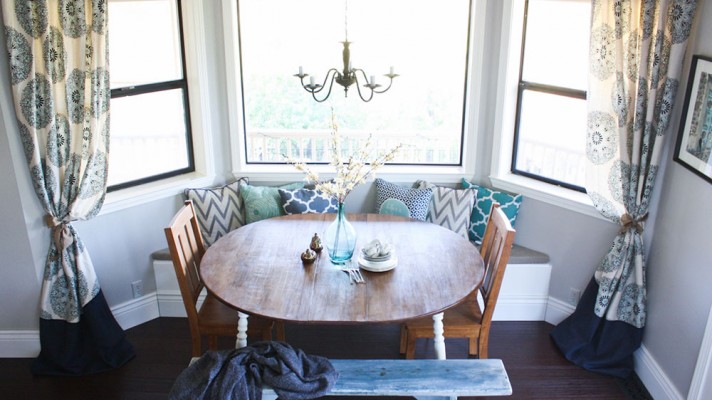As you are in the market to establish some roots and buy a home, you may be interested in what factors may affect the cost of living. Certainly, your housing costs make up for the largest single expenditure. And housing costs are impacted by the amenities and attractions in the surrounding area. Since most all Americans live where they do out of choice, let’s take a look at factors that people consider in their search and how they are correlated with an increased (or decreased) cost of living.
Many variables are equally weighted on how they affect housing costs except perhaps if a city contains a local medical school. The more prestigious the medical school, the higher the income for employees, which thus can inflate what home values sell for in/around the area. A medical school employs many people and traditionally compensates their professionals at a generous amount. It draws in students, professors, nurses, doctors, employees, and patients all of which will bring additional revenue into an area. These economic conditions all trickle back down to inflate housing costs.
For similar reasons to medical schools, the availability of a high-tech industry can impact the cost of living. According to an article from CityLab, the housing cost of living is positively correlated with the share of creative class workers, the share of college grads, and concentration of high-tech industry. It states that these are the key factors that contribute to higher regional productivity and thus to higher wages and incomes and, ultimately, housing prices. In essence, if there’s a high concentration of well-paying jobs the cost of living will go up.
 The cost of living is also higher in areas that have great school systems. Families love schools that are top rated and will strategically move their families to get close them. Schools that have terrific teacher-to-pupil ratios will also attract homeowners to the city/county. Simple rule of supply and demand. The more folks moving into an area, the higher the prices will go.
The cost of living is also higher in areas that have great school systems. Families love schools that are top rated and will strategically move their families to get close them. Schools that have terrific teacher-to-pupil ratios will also attract homeowners to the city/county. Simple rule of supply and demand. The more folks moving into an area, the higher the prices will go.
Something less controllable that creates highly populated cities is the weather. Parts of the country that experience great weather throughout the year are more desirable for people to reside. Purchasers will tend to pay more to live in cities that have better weather throughout the year. It’s also possible that there will be more investors in these areas who buy properties to hold as rentals. If the weather lends itself to an increased amount of tourism, that also creates a higher cost of living. Increased tourism brings about economic growth by providing additional employment opportunities, larger income revenues, and more.
There’s also a few things that will have a negative impact on the cost of living. Perhaps the first and most obvious would be high levels of crime. A city can have one of the best weather, excellent colleges, perfect school systems, tons of culture, BUT if it’s deemed an unsafe place for your average American to live in, the cost of living can be diminished. Certainly, metropolitan areas will have a higher level of criminal activity than a less populated area but if it’s an unreasonable amount then purchasers will steer clear thus lowering home prices.
Another factor that can negatively affect the cost of living is the amount of pollution a city creates. Purchasers want to live in an area that’s not dangerous to their bodies by a daily ingestion of pollutants. Most buyers are concerned if an area has bad air pollution or poor water quality. These concerns will decrease the amount homes will sell for in an area.
Lastly, the percentage of blue collar jobs can bring down the average cost of living. The statistical correlation here is that blue collar jobs, as a whole, pay smaller salaries. If the majority of workers in an area have a lower median income level, then the homes around that area will also be lesser.
If you’re debating between a few potential new cities it’s a great thing to consider the difference in cost of living. One of the easiest ways of determining which city will cost more you can take a look at home values. There is a strong correlation between the home prices and an overall cost of living. One easy metric to use would be to look at the average price per square foot of similar homes on similar size pieces of land. Other factors that can increase the cost of living are; medical college, high-tech industries, the number of college grads, high rated public schools systems, and the weather. A few things that could lead to a decreased cost of living would be crime stats, air pollution, water pollution, and percentage of blue collar jobs. Want to get an idea of what houses are selling for? Be sure to browse homes.com.

